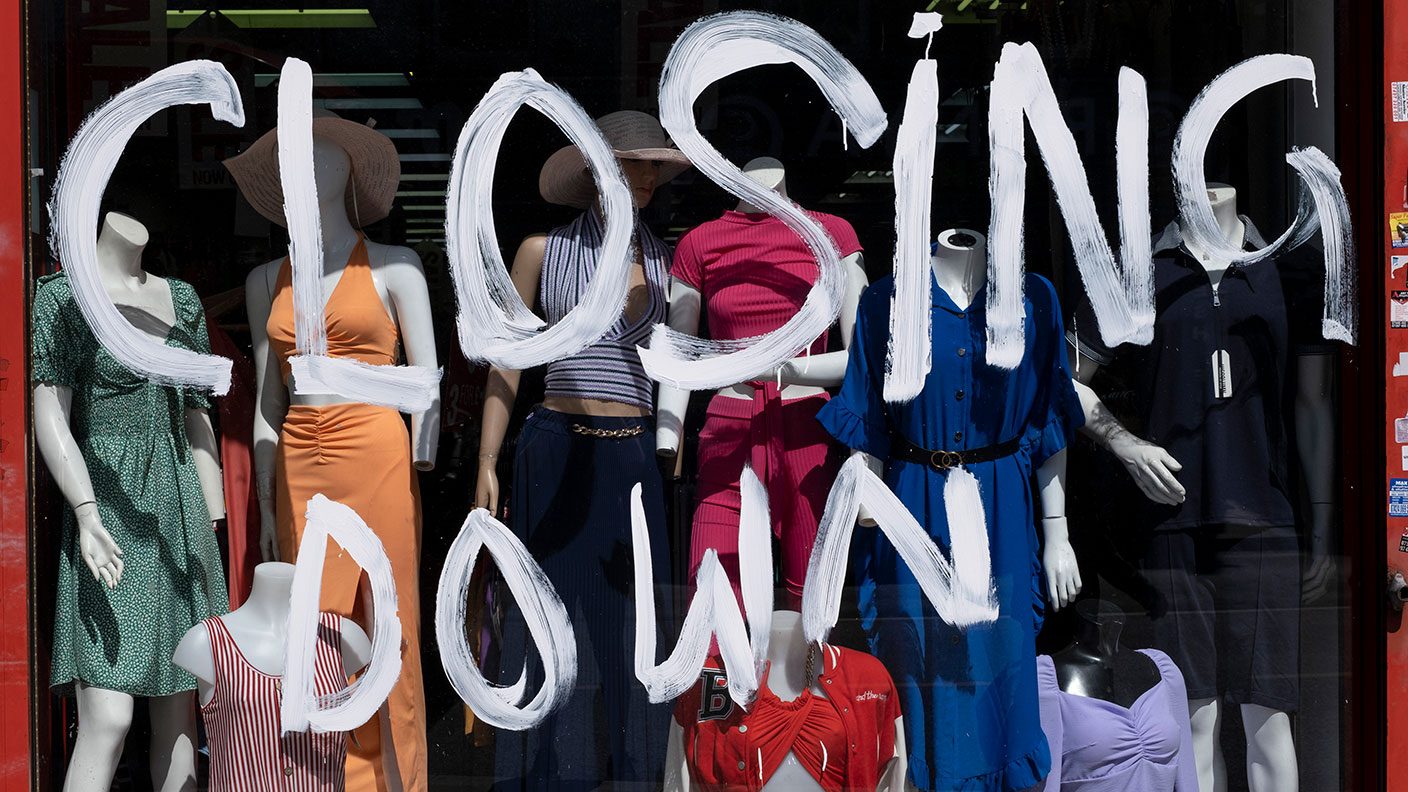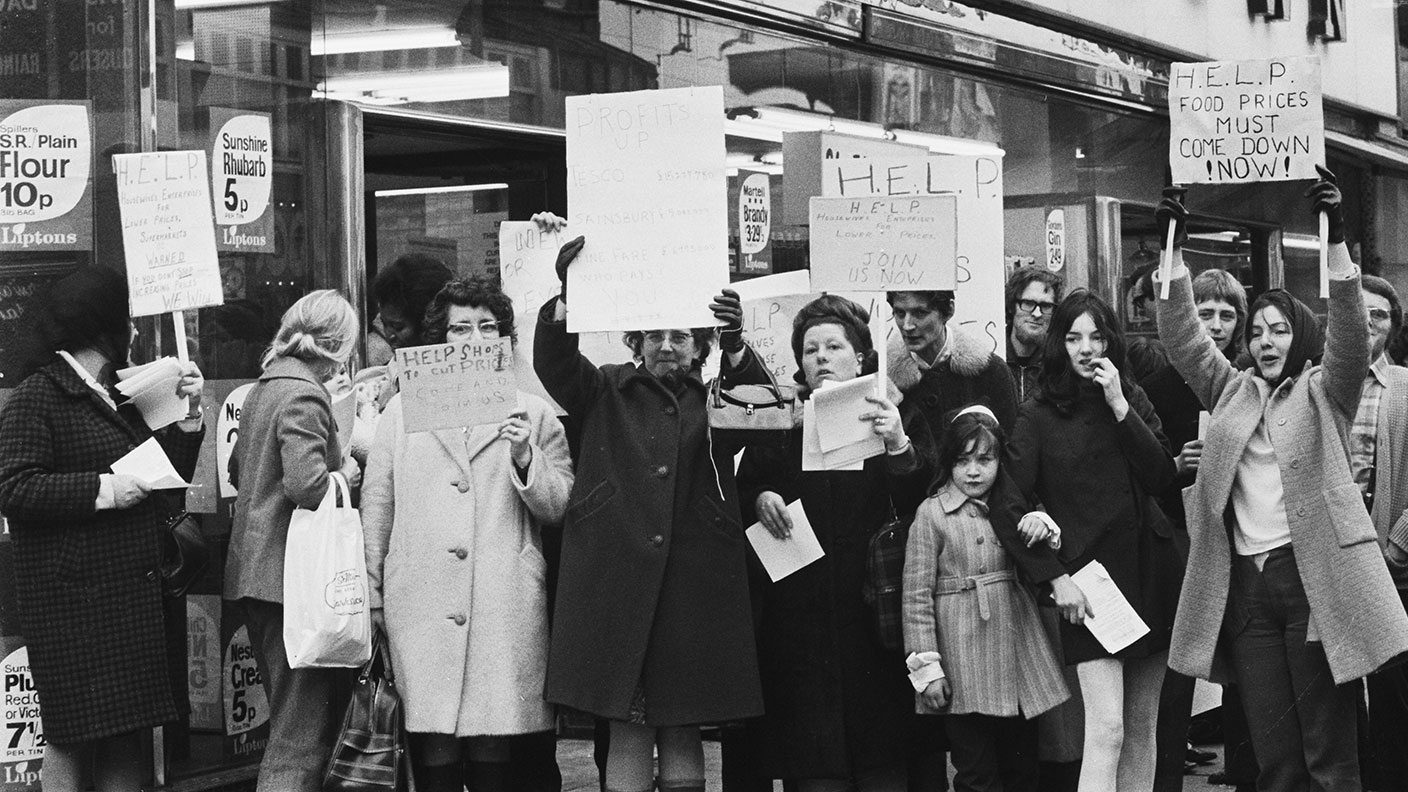How Stan O'Neal got rich – and stayed that way
The myth of talent allowed Merrill Lynch's chief executive to snatch riches beyond all of our wildest dreams.

If you want to try and understand where the huge rise in pay inequality across the West has come from, you might get yourself a copy of David Bolchover's updated Pay Check: Are Top Earners Really Worth It? to read over the weekend.
You can probably guess the answer to the title question but the book is still worth a read for its explanation of how McKinsey invented the talent myththat has made their own employees and those of their clients so very, very rich.
One gem to get you started: did you know that one in three US male CEOs is over 6'2" but that only one in 30 of the adult population as a whole is over 6'2"? Add that to the fact that most of them are white, male and middle aged, and you have to wonder just how much time US companies really spend making sure they get the best talent and how much time they spend just letting some guy who looks the part have the job.
MoneyWeek
Subscribe to MoneyWeek today and get your first six magazine issues absolutely FREE

Sign up to Money Morning
Don't miss the latest investment and personal finances news, market analysis, plus money-saving tips with our free twice-daily newsletter
Don't miss the latest investment and personal finances news, market analysis, plus money-saving tips with our free twice-daily newsletter
"Can we take the corporate mouthing of the talent ideology seriously when so many of those deemed sufficiently talented to get their heads around complexity are tall white men between 45 and 65?" asks Bolchover. Good question.
You'll also find the part on Stan O'Neal amusing. Bolchover contends I think rightly that we have long made the mistake of allowing people to be paid personal fortunes for things that have little to do with their actions.
Take O'Neal. He took over at Merrill Lynch (ML)in July 2001 just as the credit bubble was starting to get into its stride. ML hadn't been doing that well. So he took action. He started a company-wide cost-cutting programme that laid off 24,000 workers and closed hundreds of offices. It appeared to pay off. Profits hit a record $3bn in 2004 and passed $6bn in 2006. O'Neal was lionised by the markets and he got super rich along the way. He took home a total of $145m in four years (roughly $100,000 a day).
Then in late 2007, ML declared a write down of almost $8bn in mortgage securities and O'Neal resigned (with a payoff worth something in the region of $160m). Suddenly his hero status collapsed. He was ridiculed for playing golf as ML imploded and in 2009 came 18th on a list compiled by business school professors of the worst CEOs of all time.
But the point to bear in mind here is that none of this had much to do with O'Neal himself. He might have put in place the obvious strategy of major cost-cutting and fiddled around with the internal organisation of ML. But that isn't what made revenues and profits soar. It was the seemingly buoyant economy and the credit bubble that did that. His fortunes followed those of his company which in turn followed those of the bubble machine that was the US economy at the time.
Then when things turned down, so did everything. You can blame him if you like for investing in a stupid sector (sub prime) but he wasn't alone the entire industry did the same.
"Whether he has talent or not was irrelevant," says Bolchover. "He just happened to be the incumbent, the head of a company that was performing more or less as it would have with a different leader selected from a large pool of equally qualified candidates from both within ML and outside the company. He was not a hero. He was not a dunce. He was just there."
But the talent myth nonetheless allowed him to snatch riches beyond all of our wildest dreams on the way up. And keep them on the way down.
Get the latest financial news, insights and expert analysis from our award-winning MoneyWeek team, to help you understand what really matters when it comes to your finances.
Merryn Somerset Webb started her career in Tokyo at public broadcaster NHK before becoming a Japanese equity broker at what was then Warburgs. She went on to work at SBC and UBS without moving from her desk in Kamiyacho (it was the age of mergers).
After five years in Japan she returned to work in the UK at Paribas. This soon became BNP Paribas. Again, no desk move was required. On leaving the City, Merryn helped The Week magazine with its City pages before becoming the launch editor of MoneyWeek in 2000 and taking on columns first in the Sunday Times and then in 2009 in the Financial Times
Twenty years on, MoneyWeek is the best-selling financial magazine in the UK. Merryn was its Editor in Chief until 2022. She is now a senior columnist at Bloomberg and host of the Merryn Talks Money podcast - but still writes for Moneyweek monthly.
Merryn is also is a non executive director of two investment trusts – BlackRock Throgmorton, and the Murray Income Investment Trust.
-
 Why UK investors are backing British stocks in 2026
Why UK investors are backing British stocks in 2026The UK stock market may be lacking fashionable technology shares but investors are keen to buy British next year
-
 UK inflation live: did inflation fall in November?
UK inflation live: did inflation fall in November?The ONS releases inflation data for November today (17 December). Has inflation continued its downward trend?
-
 House prices to crash? Your house may still be making you money, but not for much longer
House prices to crash? Your house may still be making you money, but not for much longerOpinion If you’re relying on your property to fund your pension, you may have to think again. But, says Merryn Somerset Webb, if house prices start to fall there may be a silver lining.
-
 Prepare your portfolio for recession
Prepare your portfolio for recessionOpinion A recession is looking increasingly likely. Add in a bear market and soaring inflation, and things are going to get very complicated for investors, says Merryn Somerset Webb.
-
 Investing for income? Here are six investment trusts to buy now
Investing for income? Here are six investment trusts to buy nowOpinion For many savers and investors, income is getting hard to find. But it's not impossible to find, says Merryn Somerset Webb. Here, she picks six investment trusts that are currently yielding more than 4%.
-
 Stories are great – but investors should stick to reality
Stories are great – but investors should stick to realityOpinion Everybody loves a story – and investors are no exception. But it’s easy to get carried away, says Merryn Somerset Webb, and forget the underlying truth of the market.
-
 Everything is collapsing at once – here’s what to do about it
Everything is collapsing at once – here’s what to do about itOpinion Equity and bond markets are crashing, while inflation destroys the value of cash. Merryn Somerset Webb looks at where investors can turn to protect their wealth.
-
 ESG investing could end up being a classic mistake
ESG investing could end up being a classic mistakeOpinion ESG investing has been embraced with enormous speed and zeal. But think long and hard before buying in, says Merryn Somerset Webb.
-
 UK house prices will fall – but not for a few years
UK house prices will fall – but not for a few yearsOpinion UK house prices look out of reach for many. But the truth is that British property is surprisingly affordable, says Merryn Somerset Webb. Prices will fall at some point – but not yet.
-
 This isn’t the stagflationary 1970s – but neither is it the low-rate world of the 2010s
This isn’t the stagflationary 1970s – but neither is it the low-rate world of the 2010sOpinion With soaring energy prices and high inflation, it might seem like we’re on a fast track back to the 1970s. We’re not, says Merryn Somerset Webb. But we’re not going back to the 2010s either.
